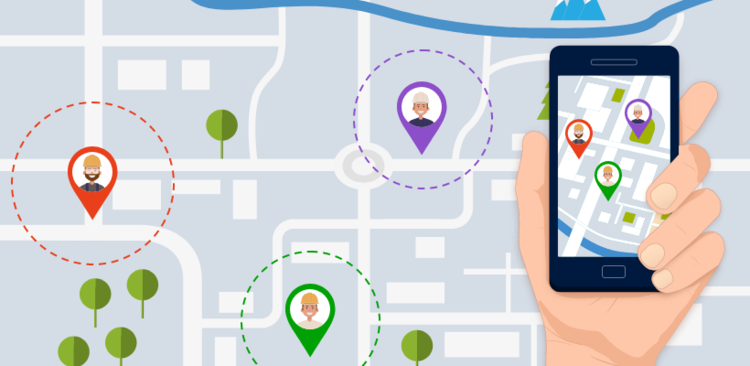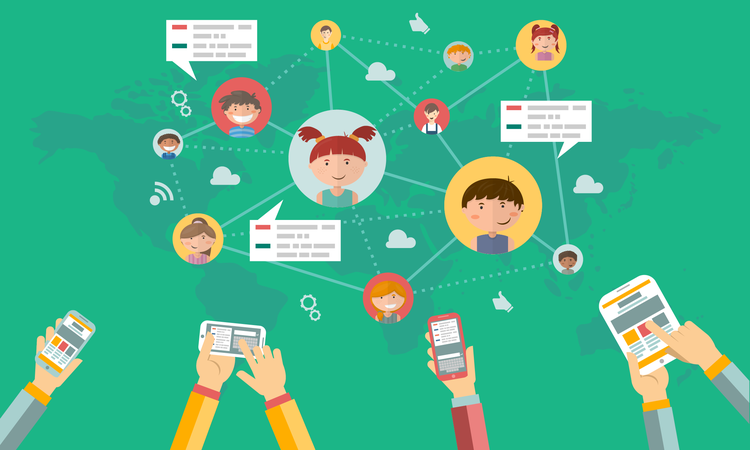Geofencing applications vary broadly in their use cases. The technology is used in a number of ways, from marketing and user engagement, to fleet management, vehicle safety, home automation and more.
This quick guide will look at some of the most common applications of geofencing. For a closer look at how the technology works, check out the many successful use cases powered by PlotProjects’ technology.
The most common geofencing applications
- Marketing & User Engagement: One of the most common geofencing use cases is marketing and user engagement. By implementing the technology in their app, businesses are able to set ‘virtual’ geographic boundaries around their premises and target nearby users with promotional notifications. This is a powerful way to increase user engagement and increase foot traffic.
- Location insights: Another common geofencing application is data collection. When app users enter and exit a geofenced area, businesses are able to gather valuable location insights about their behaviour. For instance, data about how many people visit their stores, how long they stay, how they browse and what they buy. This information can be used to personalise marketing messages and refine campaigns.
- Geo-Conquesting: The most common geofencing use cases include geo-conquesting. For example, a business might set up a geofence around a competitor and target their customers with better deals. Burger King’s famous Whopper Detour is a good example of a highly successful geo-conquesting campaign.
- Event Management: Many organisations use geofencing for event and crowd management. When an attendee enters a geofenced area festival or conference, they can be targeted with promotional notifications or helpful information about the event. It can also help organisers with managing crowds and collecting important event data.
- Fleet Management: No list of common geofencing applications would be complete without mentioning fleet management. The technology is widely used for this purpose, especially in the transportation and logistics sector. Here it can be used to track vehicles, define shipping and delivery areas, monitor truck routes and more.
- Travel and Hospitality: Airports and hotels use the technology to engage customers and improve their experience. For instance, some airports use it to promote offers to travelers or offer baggage belt arrival information, while hotels can trigger welcome notifications, deals or review requests.

Other geofencing use cases
- Personal Location Tracking: It’s not just businesses who use geofencing. Another popular use case is for personal location tracking. Apps like FamiSafe allow parents to set geofences around their home or their child’s school, then get alerts when their kids come and go from those locations.
- Safety Alerts: The technology can also be used to create safety alerts for personal belongings such as your car. Or for the safety of vulnerable people such as dementia patients, people out alone, or those with alcohol or drug abuse issues. It works by alerting their carers when they leave a ‘safe’ or geofenced zone.
- Home Automation: Similarly, people can geofence their homes to trigger their home automation apps, turning on heating, lights or other features when they’re on their way home.
- Human Resources: Another common geofencing application is human resources, for monitoring employees, assisting with staff clock-in, or for tracking on-site assets. What’s more, an employer could geofence a specific work conference to head hunt for talented professionals who attend.
- Navigation: Geofencing can be used to help app users navigate their way around, for instance is a navigation app, or for gas apps to help people find cheap gas nearby.
- Social networking: Many businesses use social media and geofencing to personalize the customer experience. It’s easy to set up geofenced ads on social media platforms, and has many benefits including increased engagement and an increased audience.

Other useful resources:
- Geofencing companies – how to choose the right one
- Geofencing for mobile apps
- How to set up geofencing
- Examples of geofencing to inspire your campaigns
Ready to get started with location-based technology?
Geofencing technology is a powerful and cost-effective way to drive sales for businesses both big and small. If you need help getting started with beacons and geofencing, or you want to find out more about how our platform can drive results for your business, contact PlotProjects today.
You can try our demo app for free, or download one of our customer’s apps to see how it works. Don’t have an app? No problem. We can create a custom geofencing app using the PlotProjects technology.
